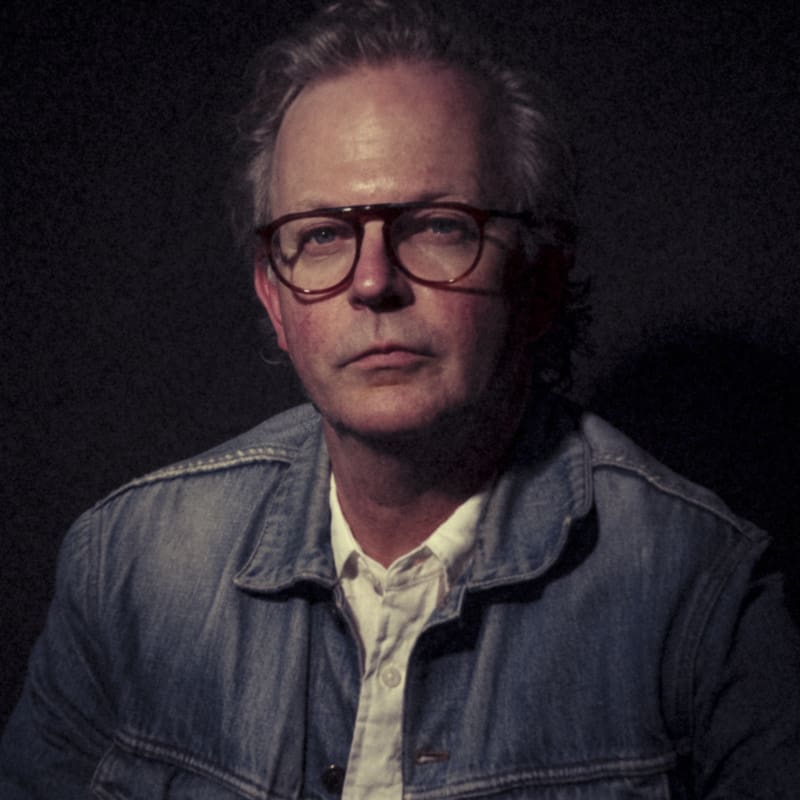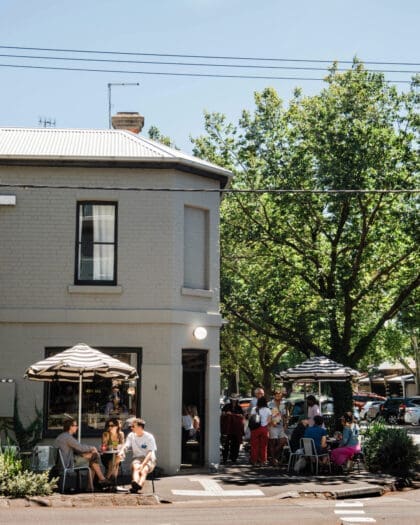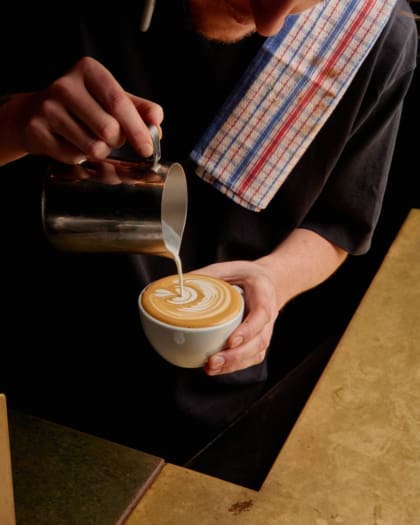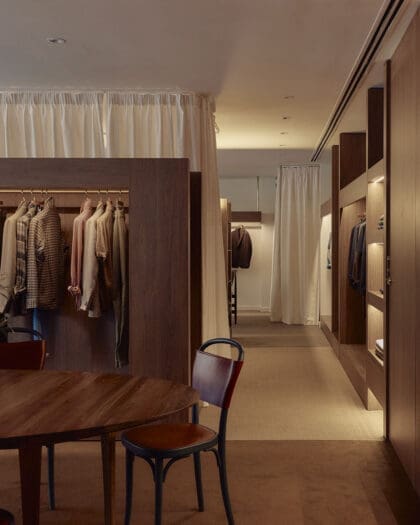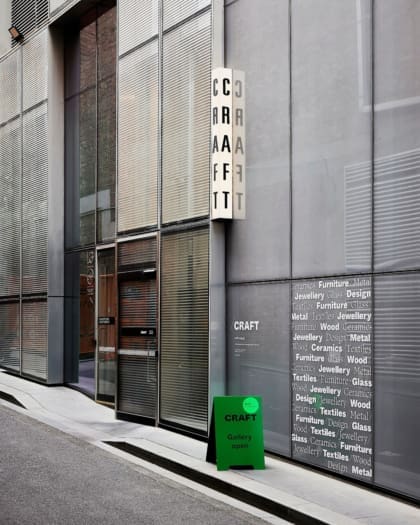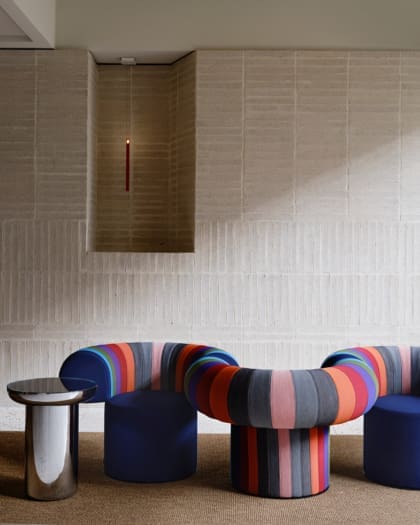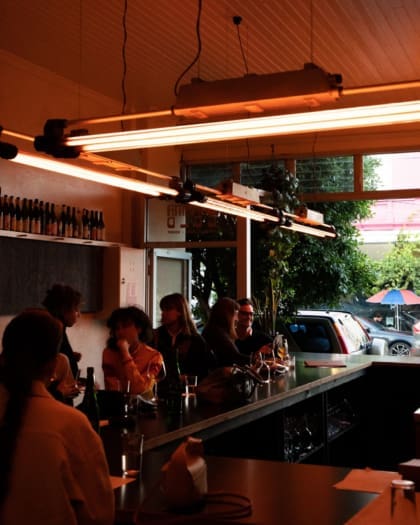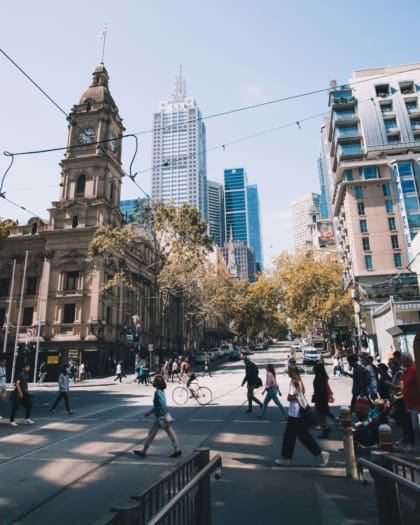
My City: Melbourne
A local writer pens a personal essay on the city of Melbourne, covering the joys of living here, and the contradictions at the heart of its character
In 1959, three years after Melbourne hosted Australia’s first Olympic Games, Hollywood came to town. A movie was being made of the popular apocalyptic novel On The Beach and an all-star cast – Ava Gardiner, Gregory Peck and Fred Astaire among them – had descended upon a star-struck city. The movie did OK and has aged reasonably well, but what Melburnians mostly recall about it is a quote attributed to Ava Gardiner: “On The Beach is a story about the end of the world and Melbourne sure is the right place to film it.”
I’m not a native Melburnian but have lived here the majority of my life, exclusively (and some might say typically) in the city’s self-consciously hip inner-north. What’s held me here, aside from a music scene that could excite even the most tone deaf, and despite the ridiculously erratic weather (the Crowded House song, Four Seasons In One Day, was written in Melbourne), is the city’s intriguing mix of confidence and self-doubt.
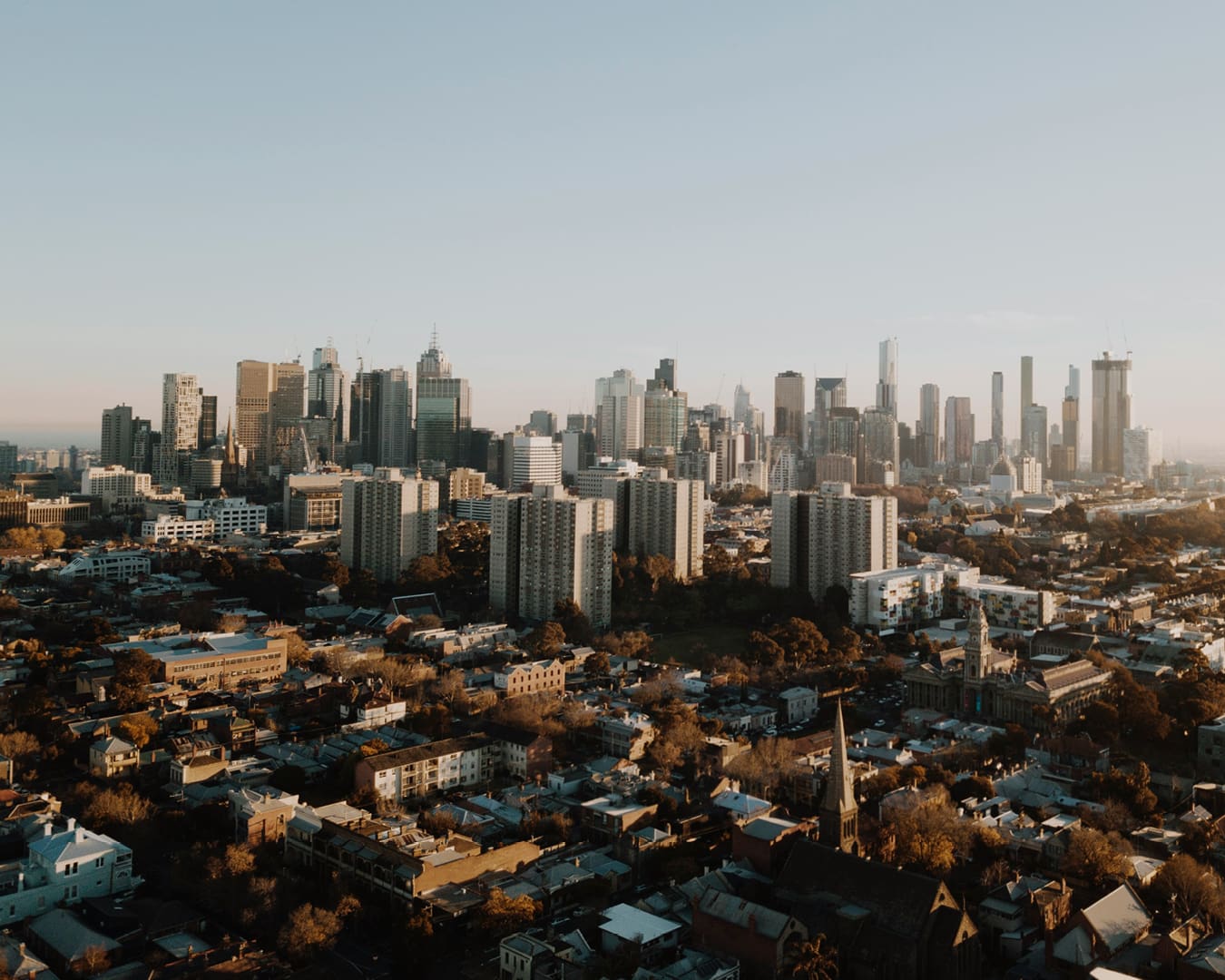
The doubt stems partly from paranoia about being marooned near the bottom of the world and missing out on the ‘real’ action of the northern hemisphere. But it’s also about Melbourne lacking many of the physical attributes more commonly associated with Australia: beautiful surf beaches, balmy weather, sun-tanned bodies, magnificent harbour draped in iconic architecture. That Melburnians still feel both sting and amusement from a now-disputed 70-year-old quote from a mid-20th century Hollywood movie star is what makes me love this place. Self-doubt mixed with humour is good for a city. It makes it try harder.
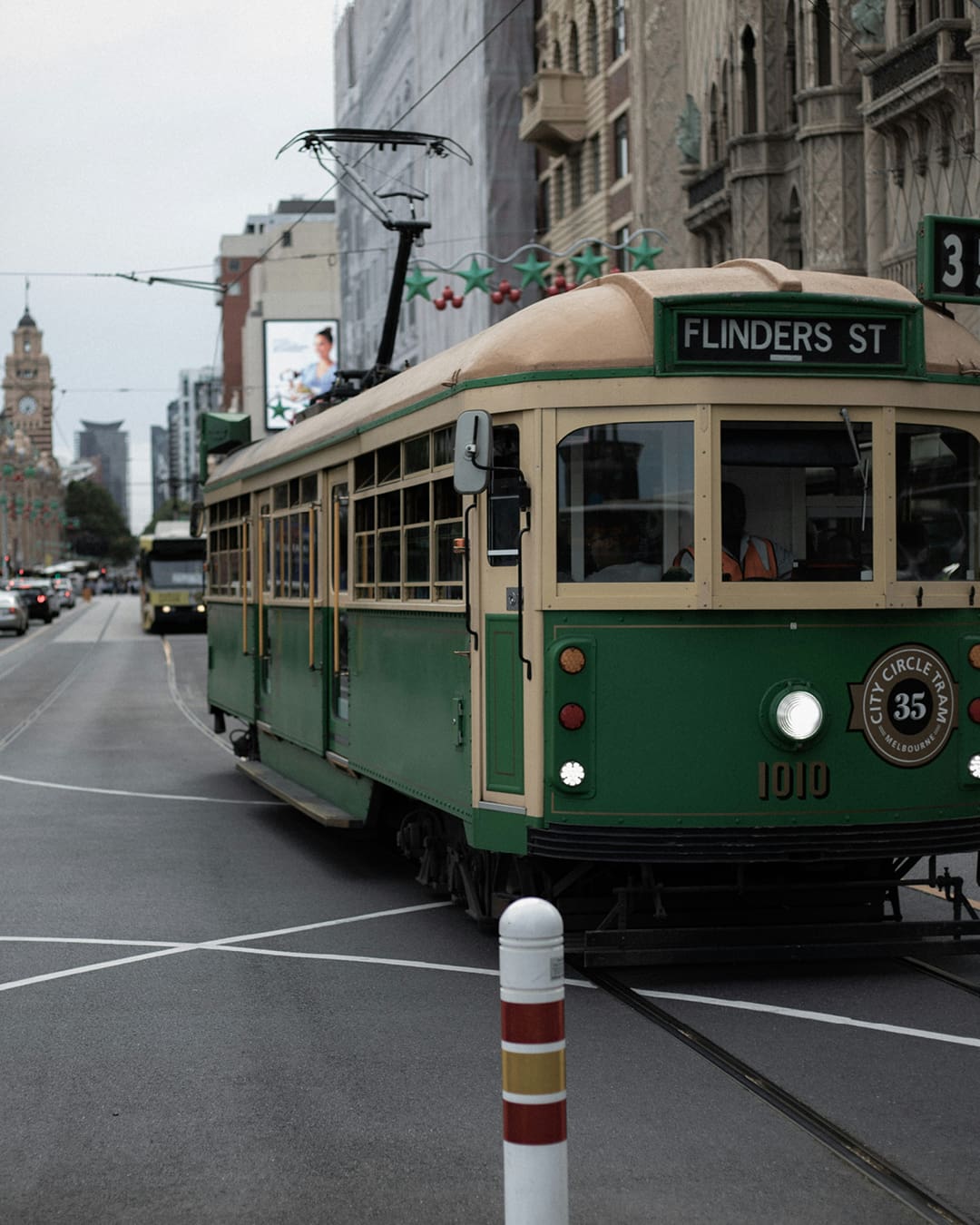
Melbourne is often described as the “most European” of Australia’s capitals. This view gets harder to reconcile the further you venture out into the city’s massive urban sprawl, but in the city’s centre, a neatly planned grid of wide thoroughfares traversed by trams, cross-hatched with tiny bluestone-cobbled laneways, the label makes some kind of sense.
The city centre is festooned with grand Victorian buildings, remnants of a mid-18th century gold rush that made Melbourne one of the richest and fastest growing cities on the planet. Depression and compression inevitably followed, but the Euro-inspired architectural treasures remained, from colonnaded Parliament House and ornate Flinders Street Station to the beautiful State Library with its domed Reading Room and the wedding cake grandeur of the immense Royal Exhibition Building, plonked in the middle of lush manicured gardens. Streets planted with imported plane trees add to the European story too, providing both welcome shady relief during the city’s often scorching summers and misery for hay fever sufferers during spring.
The European label works in terms of the city’s buildings and gardens, and is aided by a mostly flat topography that makes Melbourne an ideal place to traverse by bike, something locals (especially we inner-northern types) have taken to with gusto.


Yet the local aboriginal name for the area – Naarm (a Wurundjeri word meaning “place”) – is becoming more widely used; parrots and magpies can be spotted in the trees; night skies are occasionally thick with fruit bats; and a plethora of outdoor public swimming pools and sporting ovals can be found. This is obviously a very Australian city, too. With few ‘wow’ moments in terms of eye-catching views or natural grandeur, Melbourne has tied its identity to culture rather than landscape, which explains its almost fanatical engagement with food, sport and the arts.
There are plenty of splashy “special events” in Melbourne – a Grand Slam and a Grand Prix, renowned comedy, film, food and wine festivals – and it has forged icons like Kylie Minogue, Nick Cave and Cate Blanchett. While this might help lessen some Melburnians’ ingrained self-doubt, the everyday life of the city and its consistency in offering new treasures to eat, listen to and watch is the real heartbeat.
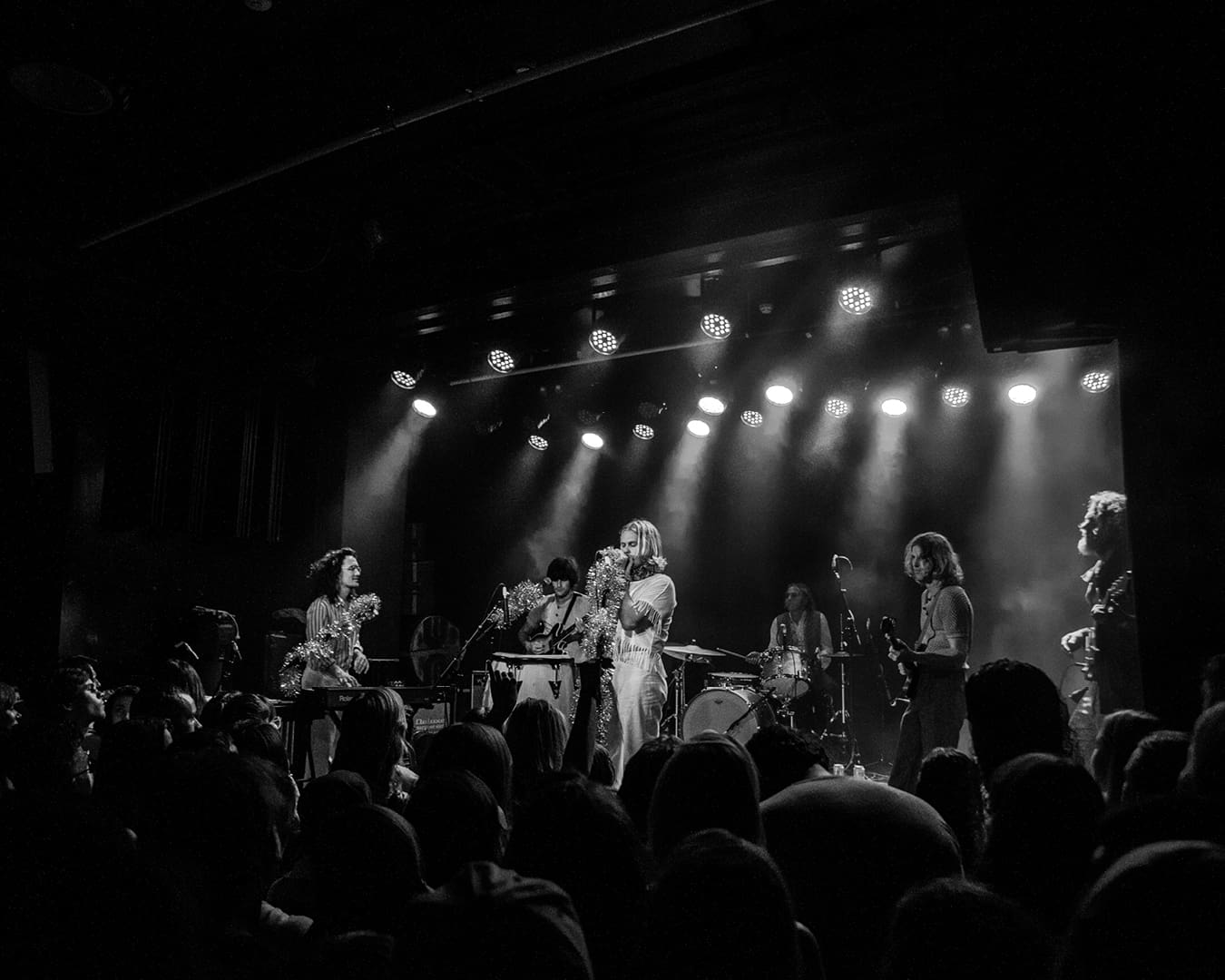
Melbourne is not a quick study. It rewards immersion, forward planning, and keeping your step count high. For those after the local insider perspective, community radio stations 3RRR and 3CR can help you get your local on.
Food is central to life here. I write about food for a living and feel lucky to have landed such a gig in a food-mad city. I love that arguments about the best place for coffee (Market Lane), croissants (Lune), pho (Good Days), adana (Miska Food Truck) or thali (Hopper Joint – one of the best restaurants in Melbourne) often get heated. And I take strange pride in the fact that there’s more fresh food markets here than in any other Australian city – including the heritage-listed Queen Victoria Market in central Melbourne, just a short tram-ride from my Parkville apartment.

The markets are a product both of being surrounded by fertile farming regions and by the waves of immigration – from China, Italy, Greece, Lebanon, Vietnam, Ethiopia, Somalia and India – that have rolled across the city for more than a century, expanding, improving and educating the palates of locals and helping forge a restaurant, cafe and bar scene that is both deep and broad.
Melbourne does the high-low food thing brilliantly. Flower Drum, a lush temple of meticulous Cantonese food that’s been around for nearly 50 years, is just a block away from Soi 38, a consistently packed Thai street-food joint tucked into the bottom of a concrete parking garage.
The city laneways are thick with graffiti, bars and cafes, while “eat streets” like Flinders Lane, Gertrude Street, Smith Street and Lygon Street are largely populated by the hungry and the thirsty. The variety encourages a night of venue hopping, a true Melburnian rite of passage.

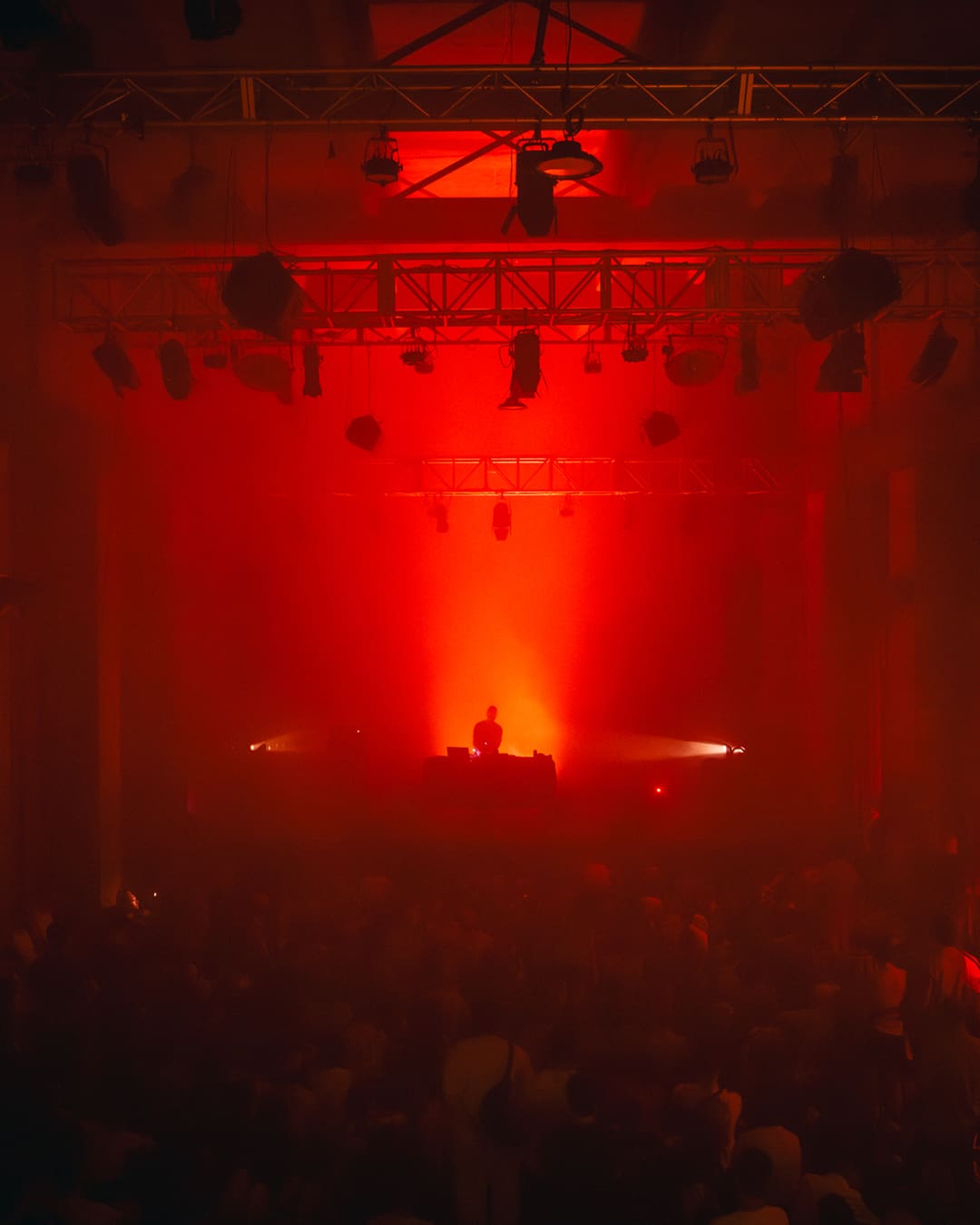
Another rite of passage is seeing a band at the Forum, a converted 1920s picture palace, exuberantly decorated to emulate a walled Florentine garden, replete with semi-clad statuary and a cerulean ceiling twinkling with tiny lights to emulate the night sky. There’s something about that room that tends to set both band and crowd off.
But there are music venues all across the city, from sticky-floored pubs to the grand State Theatre sitting by the Yarra River under a floodlit spire. The passion of Melbourne’s embrace of live music is perhaps best exemplified by a 20,000-strong march through the city to Parliament House in 2010. It was convened to protest changes to the state’s licensing laws that were threatening the closure of a small, grotty but historic music venue, The Tote. It worked and sent the message not to mess with our music.
I, like many Melburnians, still respond to the pull of the northern hemisphere. Despite the distance being reduced by advances in travel and technology, the rest of the world still seems so very far away. I think the yearning is part of living in Melbourne. It’s like a defence mechanism, because when you get over there, you realise that living here in Ava Gardiner’s end of the world is pretty great, too.
